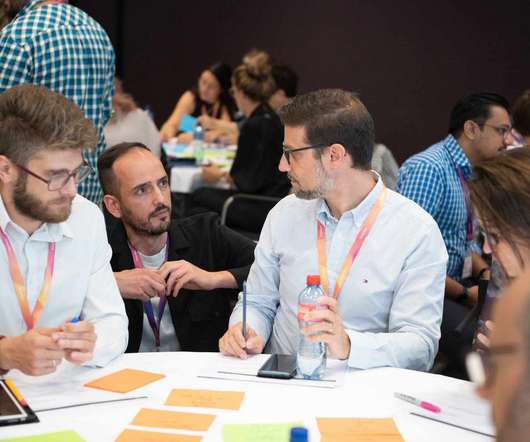Developing a new framework for risk and innovation.
Paul Hobcraft
MAY 18, 2016
With technology disruption, business model disruption and growing competition, social and customer engagement challenges the ability to manage innovation is growing as a concern and in risk management. Risk management, treated as a learning process, not only propels innovation forward but can also speed it up.






















Let's personalize your content